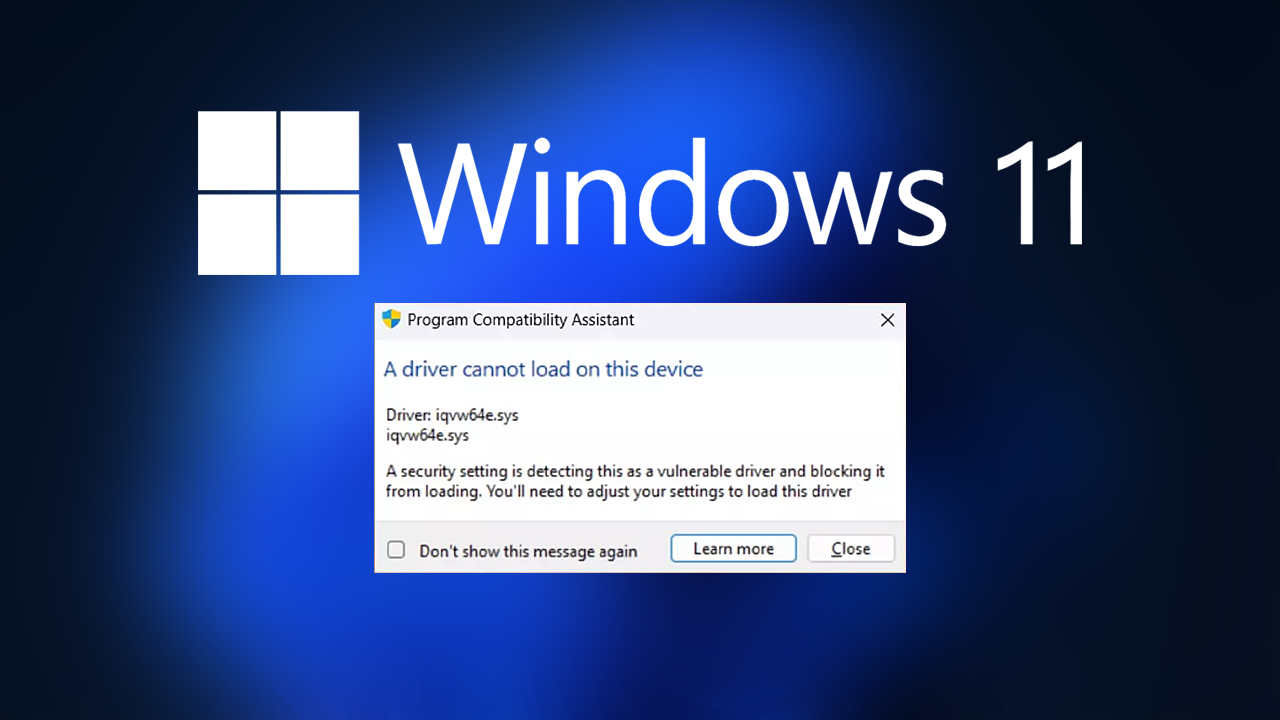Excel is a perennial workhorse in the offices of the world, churning out reports, analyses, and datasets day in and day out. In the marching army of spreadsheets, data integrity and security are paramount. Yet, even the most cautious among us can falter, and that’s where the lesser-known hero, the Excel temporary file, steps up.
For the uninitiated, temporary files in Excel are the unsung guardians of unsaved work and accidental deletions. They quietly safeguard your data, waiting in the wings to launch a rescue mission when you need it most. But first, you need to find them. This comprehensive guide is your treasure map to the location and management of Excel’s temporary files, ensuring that your data is never lost and your documents always safe.
The Critical Significance of Temporary Files
In the heart-stopping scenario where Excel unexpectedly crashes or you forget to save, temporary files emerge as the last line of defense. Not only do these hidden files provide a snapshot of your unsaved data, they also ensure that your precious Excel documents are stored in multiple locations by default, making recovery a breeze.
The Anatomy of a Disaster Recovery System
Temporary Excel files come into play in several crucial situations:
- Crashes and Power Failures: When your system goes dark, these files remain as a beacon of hope for your unsaved work.
- Sudden Closures: If you accidentally close a document without saving, Excel’s temporary files can often restore the most recent version.
- Document Comparative Analysis: They are key to comparing different stages of your workbook, tracking changes, and making informed decisions about which versions to keep or restore.
- Safety in Duplicate Storage: These files could be the secondary copies that prevent the loss of valuable data in the event of a primary file corruption.
Understanding the temporary file’s place in your workflow is more than just good practice; it can be the difference between minor inconvenience and a major meltdown.
Uncloaking the Excel Temporary File
Finding your temporary file location is akin to finding your car keys — it might be tricky at first, but once you know where to look, you’ll wonder why you hadn’t looked there from the start.
Temporary File Storage – The Where and the How
The location of your temporary Excel files isn’t always in plain sight, and it varies depending on your operating system and version of Excel:
- Windows: Temporary files are typically saved in the user’s Temporary Internet Files folder within the profile.
- Mac: The Autosave information is stored within the document bundle in a folder named “Unsaved Excel Files”.
- Older Excel Versions: In older versions, the default location might be the installation directory, which isn’t exactly subscriber-friendly.
Locating Temporary Files in Microsoft Office 365 and Latest Versions
For Microsoft 365 users and those with the latest Excel versions, the temporary file location is designed to be more accessible:
- Open Excel and click on “File.”
- Go to “Options” > “Save.”
- The “AutoRecover file location” displays the precise path where your system saves temporary Excel files.
Armed with this knowledge, you can now set your sights on these elusive saviors and, if necessary, retrieve your data from the brink of oblivion.
Essential Tactics to Access Your Temporary Files
Knowing where to start your search is one thing; having the tools to retrieve them is another. Here are some methods to access and manage your Excel temporary files effectively:
Methodology in the Hunt for Lost Data
- Using the Excel Interface: The easier and more direct approach is to use Excel’s own interface to manage temporary or unsaved files.
- Manual File Search: If you prefer hands-on control, conducting a manual search using the location revealed earlier can kickstart your recovery.
- File Recovery Tools: In dire situations, professional file recovery tools can scan your system for all deleted or lost files, temporary or otherwise, providing a comprehensive recovery solution.
Lean on these strategies to ensure that in your quest to locate Excel’s temporary files, you are well-equipped to retrieve your data safely back into the fold.
The Risks and Limitations of Temporary Files
Understanding the backup guardrails is vital, but it’s equally important to grasp their constraints. Temporary files are not an infallible solution, and relying solely on them can be risky:
When the Safety Net Fails
- Disk Space Limitations: Your system can only store a limited number of temporary files, which can lead to older versions being overwritten.
- Limited Retrieval Time: There’s no guarantee that a temporary file will be available for recovery the next time Excel craters.
- Corruption or Incompleteness: In rare instances, temporary files can become corrupted or not contain the complete saved state of the document.
Knowing the potential pitfalls empowers you to create a more robust data management policy, which should involve more than just the temporary files.
Excel File Management Best Practices
Temporary files form just one part of a broader data management paradigm. To ensure your data’s sanctity, consider adopting the following best practices:
Data Management Beyond the Temp Files
- Regular Saving: The simplest solution is often the most effective. Regularly save your files to your desired location.
- Versioning: Use Excel’s versioning tools or create your system to maintain a history of document changes.
- Cloud Services: Leverage cloud services or network-attached storage for redundant and secure storage solutions.
By incorporating these best practices into your Excel habits, you create a multi-layered approach to data safety, one where temporary files serve as a lifeline rather than your primary protection.
Summary and Conclusion
Mastering the art of managing Excel’s temporary files is integral to your ability to recover lost data and ensure the safety of your important documents. By learning where to look for these files, how to access and utilize them, and what their limitations are, you can effectively integrate them into a broader strategy for managing your Excel workbooks and data.
However, temporary files should be just one piece of a comprehensive plan that includes regular saving, version control, and secure backup systems. With these best practices in place, you can confidently venture into the labyrinth of data recovery, knowing that a solid safety net is just a few keystrokes away.
Remember, Excel’s temporary files are your invisible assistants, sword drawn and standing ready for your call. It’s time to acknowledge their presence, understand their role, and bring them to the forefront of your Excel defense strategy. The more you know about Excel’s temporary files, the safer your data will be.


